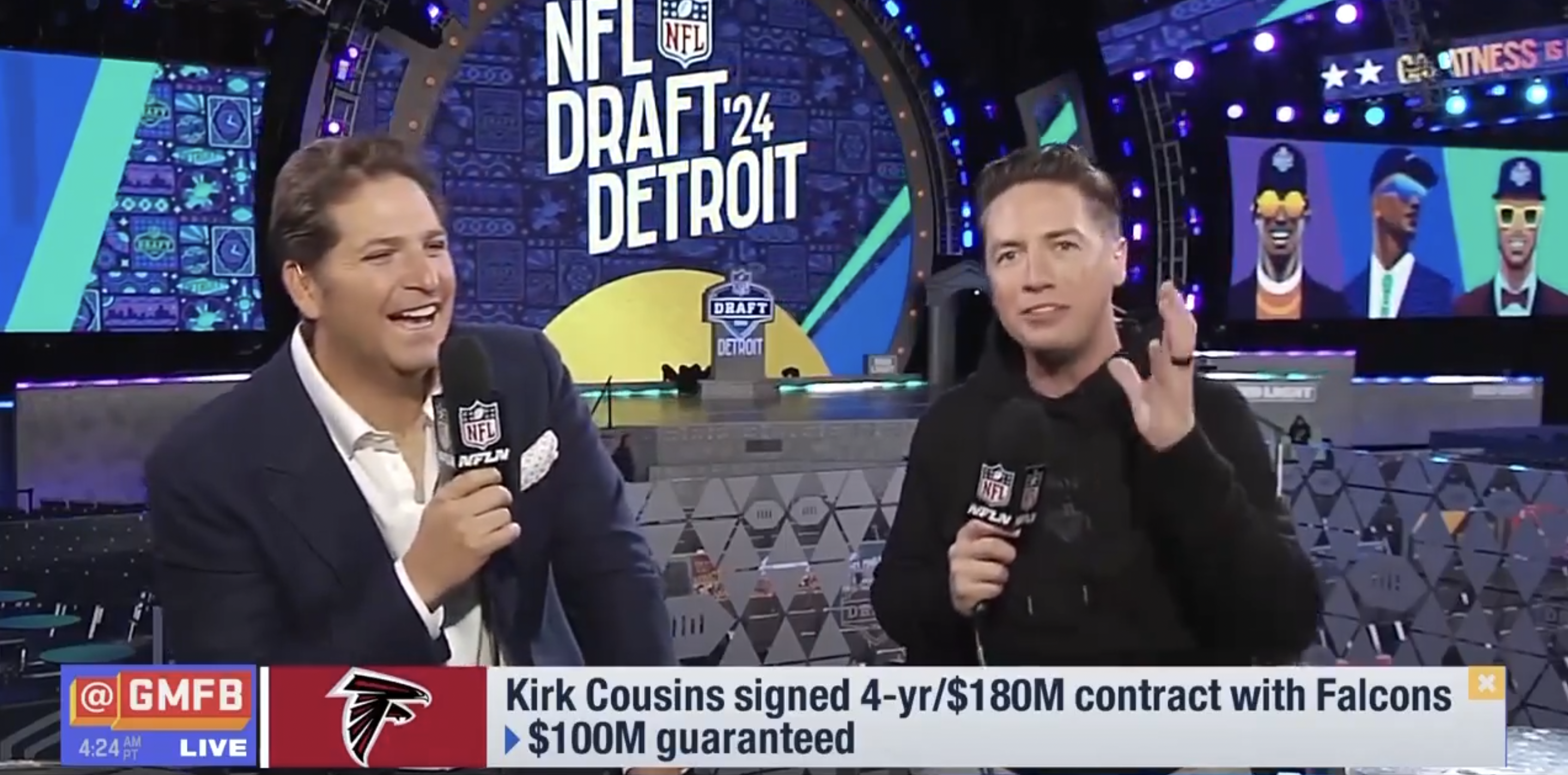As anyone who’s written on the internet for any length of time knows, embedded videos are often a critical part of an article. Most of those video embeds today come from YouTube or Twitter, especially with Twitter making embeds much easier these days, but there are plenty of other sites used too, from Vimeo to Clippit to Instagram, Facebook Videos, and more. And those sites are still hosting old videos, so those links still tend to mostly work.
But, over the years, there have been plenty of alternative sites that have popped up to offer free video hosting. And those have frequently been a desirable location for people grabbing sports clips in particular, as there have been less copyright takedowns there than on, say, YouTube. And those clips have frequently been embedded elsewhere.
That’s all well and good until ownership of a site changes. That happened a few years ago with an image-hosting site being bought out by a porn site, leading to old tweets from the Chicago Cubs and others showing porn instead of their initial photos. And as Mark Deeks detailed on Twitter Thursday, that’s now what happened with video hosting site Vidme or vid.me (which was particularly big from around 2014-16 before being shut down in 2017): their domain recently expired, was bought by a porn site, and now that domain is a porn search engine. More impactfully still, all their old embedded videos redirect to a “5 Star HD Porn” hardcore porn video player, featuring explicit images from “videos being watched” on vid.me. (We’re not going to include those here, but if you click the source articles below, you can see what those look like now.)
Remember VidMe? The one-time competitor to YouTube?
The domain was recently allowed to expire after the company was shut in 2017, and has been bought by a porn site, resulting in countless old articles with embedded content that is now full blown hardcore porn.
For example. 😬 pic.twitter.com/6L353lEMnp
— Mark Deeks (@MarkDeeksNBA) July 22, 2021
I mean, your best bet is to find your own links, if this is your think. But for a kick-off, some examples:https://t.co/obainkQll0
https://t.co/OLYKlBj183
https://t.co/NOmeXZdpqt
https://t.co/0Km1E0TUlY
https://t.co/7eDzb9Y3q6
https://t.co/QDmYZllvS3— Mark Deeks (@MarkDeeksNBA) July 22, 2021
This impacted Awful Announcing as well, to the tune of 38 pieces over the years. We’ve gone through manually and removed those vid.me embeds, so that shouldn’t be a problem here any longer. And it seems that some of the other organizations Deeks initially cited have done something similar; for example, the Washington Post and Huffington Post articles there no longer contains a vid.me link. However, as of 5:45 p.m. Eastern, the other four organizations linked in that post (Rolling Stone, Business Insider, Kotaku, and Melbourne, Australia’s The Herald Sun) all still had that vid.me link, and thus, a pornography player, embedded in the aforementioned stories. The Rolling Stone one is seen at top.
Of course, this isn’t the biggest deal in the world. Even on the scale of surprisingly-distributed pornography, this is less severe than the 2009 Super Bowl Comcast hack, or the Pornhub video shown on screens in Washington’s Union Station in 2017, or the Cleveland Browns’ staffer whose poor team hashtag choice led to porn being broadcast on a team facility wall in 2019. It’s much closer to that 2018 image site issue that affected the Cubs and others; this is old content that no one’s usually looking at, so there probably aren’t many readers actually impacted by this unless they’re seeking it out. But it is certainly a notable issue for these various outlets, and it’s not what they hoped to be displaying with these video embeds.
[Mark Deeks on Twitter]







